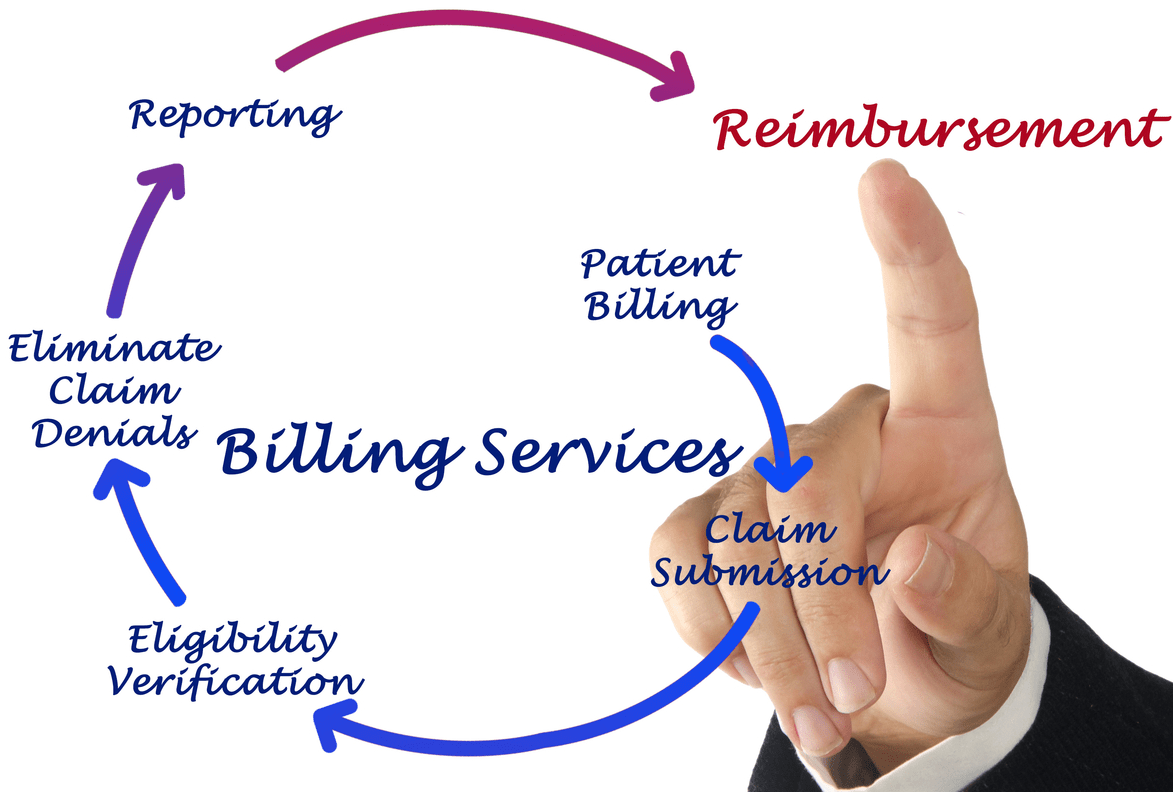Content Attributes
Printed circuit board design can seem difficult to a beginner, but it doesn’t have to be. With innovative new software programs, how-to videos and detailed written guides, learning how to design your own printed circuit boards is easier than ever. For makers, students, hobbyists and inventors, PCB design can open up a new world of opportunities. Creating custom electronics doesn’t have to be intimidating. The steps to designing any new printed circuit board are essentially the same.
1. Stick to a Budget
Printed circuit boards have a wide range of prices due to the endless configurations and options that are available. Before you begin your design, decide what your budget will be. Since there are always unexpected expenses with any new project, aim to stay well below your goal so that you aren’t forced to make difficult choices later on that may compromise the quality of your design.
If you have never designed a printed circuit board before, don’t forget to factor in the cost of any software or learning materials you may want or need. While creating a budget isn’t the first thing that comes to mind when thinking of PCB design, it is an important step in the process.
2. Create Your Schematic
Your schematic is the blueprint for your printed circuit board. It shows all of the components, connections, and outputs for your design. You will want to start by creating the simplest form of your circuit board, with all of the necessary components that are required for your project. After you have created a circuit board, you can then play with the placement and type of components in order to increase performance, estimate PCB costs, save money or modify outputs.
Learning any new software can take some time, so be sure to take this into consideration. You should also look into multiple software options so that you are able to find the one that is the most intuitive for you to use, while also fitting your needs. If you are planning to learn how to make more complicated or detailed PCB designs in the future, you may want to choose a software that has additional features, such as 3D viewing capabilities.
3. Create a Complete List of Components and Materials
Since you have your budget and first schematic ready, you will be able to create a list of components and materials necessary to build your printed circuit board(s). You should specify an estimated amount for each item on your list, based on the amount of PCBs you are planning to order.
In the PCB industry, this list is often referred to as the bill of materials (BOM). You will be able to use your BOM to quickly evaluate whether you can afford to upgrade certain components, or if there is an area that is causing you to go over your intended budget.
4. Optimize Your PCB Design
Once you’ve gotten the basics of your design down, you can optimize your layout and components for your application. There are some basic guidelines that can help you to improve your PCB designs, but keep in mind that every project is different, and these are not hard-and-fast rules.
- Spacing – many people new to PCB design try to crowd their components as closely together as possible, to save on space or costs. This can lead to a board that performs poorly, causing soldering issues and possible hot spots. Make sure to leave enough distance between components, and be mindful of the weight and heat caused by component placement and groupings.
- Direction of wiring – if your PCB has a lot of layers, the orientation of the wiring should alternate. Depending on the shape of your board, this can have a considerable effect on your design.
- Consistent angles – the industry standard for PCB traces is 45 degree angles. This avoids common issues created from 90 degree turns, and keeps boards consistent and organized.
When you are tweaking your design, you also want to keep in mind any additional needs your project has. For instance, if your board will be subjected to large temperature fluctuations, you will want to ensure your components are able to perform well under such conditions. Give yourself time to think about how your board will work within your application, so that you aren’t rushed into production.
5. Run Simulations
While you are designing your PCB, you should continually run simulations while developing both your schematic and layout. Finding circuit errors early on is critical, and can be a painstaking process to fix if they are found too late. PCB softwares can often identify these issues, and guide you through fixing the problems. If your printed circuit board design doesn’t achieve the desired results during software simulations, you will not want to begin the manufacturing process until the problems are corrected.
6. Create Your Gerber File
When you are happy with your printed circuit board design, you will save it as a Gerber file. This is what you will give to your manufacturer so that they can print your boards. Gerber Format is the industry standard for PCB design, so it will be easy to save from any PCB software. You will submit both your Gerber file and your bill of materials to your PCB manufacturer.
7. Contact Your PCB Manufacturer
When you contact your PCB manufacturer, they are usually happy to assist you with any issues or concerns you may have regarding your design. Oftentimes, they have staff engineers who can quickly assess your file and determine if there are any issues that need to be addressed.
They usually can offer valuable advice for both your design and bill of materials before you begin production, so that you can avoid costly issues and headaches that can occur due to small oversights. You can also ask about prototype board testing at this stage, which is a good idea if you are ordering a large quantity of PCBs. PCB manufacturers offer valuable resources and years of experience, so use that to your advantage.
Author Bio:
Arthur is one of four Co-founders and Engineering Manager of Gerber Labs, an Orange County based engineering startup that is currently rolling out a platform that makes custom printed circuit boards (PCB’s) accessible to electrical engineering students, hobbyists and small businesses.



